10 Interesting facts about Papua New Guinea
Stories | March 14, 2025
Papua New Guinea is a nation located in the southwestern Pacific Ocean, about 150 km north of Australia. The country is home to stunning natural landscapes, unique wildlife, a highly diverse population, and rich history that stretches back about 50,000 years to the arrival of its first human settlers.
Though abundant in natural resources, history and culture, Papua New Guinea faces ongoing challenges in areas such as inadequate infrastructure, gender-based violence, and lack of equal access to education and healthcare for women and people with disabilities. Your generous donations, gifts and bequests help CBM to support our partners in providing vital services where they are most needed.
Here are 10 interesting facts about Papua New Guinea that you might not know.
1. A Diverse Linguistic Landscape
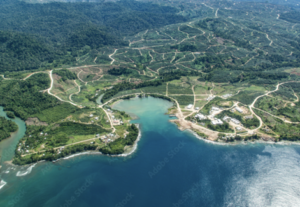
Papua New Guinea is known for its incredible linguistic diversity, with more than 800 languages spoken by the numerous ethnic groups across the country. This makes it one of the most linguistically diverse places on the planet.
This came about because many communities across Papua New Guinea developed in isolation, cut off from communicating with surrounding villages by mountainous or heavily forested terrain. As a result, it’s common for different communities to speak their own languages or dialects, and form strong bonds of loyalty based on their shared linguistic heritage.
2. Historical Significance and British New Guinea
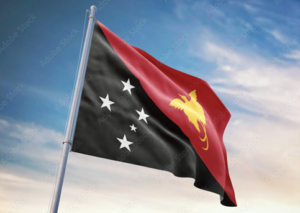
Before becoming part of the independent state, the southeastern portion of New Guinea was known as British New Guinea. Established as a British protectorate in 1884, it later became part of the Territory of Papua under Australian administration. This period significantly influenced the legal and administrative framework of modern Papua New Guinea, integrating both British and Australian elements into its governance.
In the northern part of the island, Germany declared a protectorate in 1884, which was known as German New Guinea and was administered by the German New Guinea Company.
Papua New Guinea played a crucial role during World War II, especially in the New Guinea Campaign. The battles fought on the North Coast and in the New Guinea Highlands were pivotal in the Pacific theatre. The Kokoda Track, in particular, is renowned for the fierce combat between Japanese and Allied forces and is now a popular trekking route for history enthusiasts.
3. A Majority Rural Population
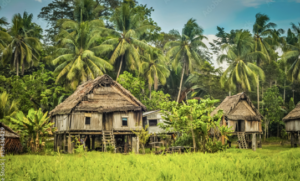
Of Papua New Guinea’s approximately 11.8 million people, 80-85% live in rural communities. Of these, most are subsistence farmers or grow small cash crops.
According to a 2021 report by the World Bank, about 40% of Papua New Guineans in rural areas live below the international poverty line. Due to the lack of infrastructure in rural areas, access to essential services such as clean water, electricity, healthcare, and education is often limited.
4. Governance and Political Structure
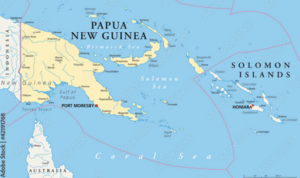
The political structure of Papua New Guinea is a constitutional monarchy with a parliamentary democracy. The Governor General represents the British monarch, while the Prime Minister heads the government. The National Parliament and the National Executive Council play key roles in the country’s legislative and executive processes.
Customary law plays a significant role alongside formal legal systems. This dual legal system incorporates the traditional practices and dispute-resolution methods of local communities.
5. Status of Women and Girls
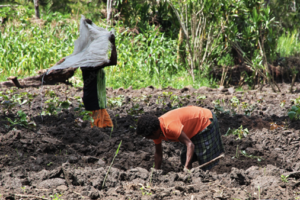
According to the United Nations Development Programme’s 2021 Gender Inequality Index, Papua New Guinea placed 160th of 161 countries in terms of gender equality. Women and girls have much lower status than boys and men, particularly in rural areas where traditional ways of life and cultural practices are predominant.
Women and girls are significantly less likely to be able to access healthcare and education, and women have little decision-making power, either socially or politically. Including the three women currently serving, only 10 women have ever been elected to National Parliament since Papua New Guinea gained independence in 1975.
Papua New Guinea also has one of the highest rates of violence against women and girls in the world. Much domestic violence goes unreported, and support services are rarely available to survivors.
6. Natural Resources and Economic Growth
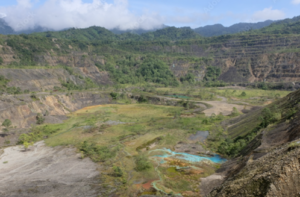
Papua New Guinea is rich in resources, including gold, copper, and natural gas. The extraction and export of these resources are crucial to the country’s economy, driving growth and development. Sustainable development practices are increasingly being adopted to balance economic benefits with environmental preservation.
7. Marvels of Nature
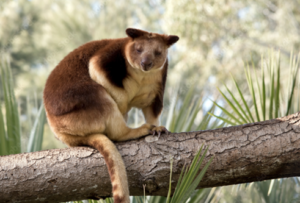
Papua New Guinea’s geography and wildlife is as diverse as its culture. The island of New Guinea is divided into two parts, with the western half comprising the Indonesian provinces of Papua and West Papua, and the eastern half forming a major part of Papua New Guinea.
The New Guinea Highlands and the eastern highlands are known for their stunning landscapes and unique flora and fauna. The Fly River and Sepik River are among the world’s largest and most biologically diverse river systems, supporting both human and animal life.
For instance, tree kangaroos, which resemble a cross between a kangaroo and a lemur, are native to the rainforests of the island. In the savanna grasslands of the south coast, you can also find agile wallabies, forest wallabies, cuscuses, echidnas, birdwing butterflies, and various bird species including the Bird of Paradise.
8. Stigma Against People with Disabilities
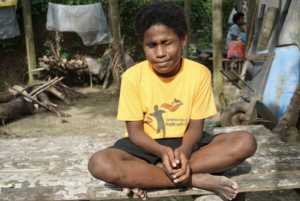
About 1.2 million people in Papua New Guinea have some form of disability. People with disabilities have low status, and disability is not well understood.
Disability is often believed to have supernatural causes, and people with disabilities can be accused of sorcery or witchcraft.
This is especially true for women with disabilities, as the general stigma against people with disabilities compounds with the already low social status of women in Papua New Guinea.
Other difficulties faced by people with disabilities include less equal access to WASH facilities, healthcare, education, and financial services, and a lack of representation and consideration in governmental policy.
9. The Autonomous Region of Bougainville
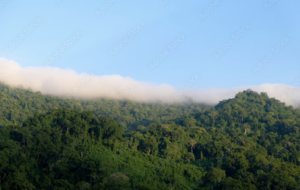
Bougainville Island is a region within Papua New Guinea. It has a unique political status following a peace agreement that ended a decade-long conflict. The region is known for its efforts towards self-determination and its rich mineral deposits.
10. Port Moresby – The National Capital
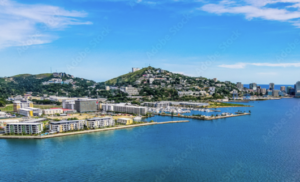
Port Moresby, the capital, is the largest city in Papua New Guinea. Port Moresby is located on the southeastern coast of New Guinea island, the second-largest island in the world. It serves as the administrative and economic hub of the country.
The city is located on the southeastern coast and is a gateway to the country’s inland and offshore islands. It is also home to the National Capital District, which is central to the nation’s political and administrative activities.
CBM’s Work in Papua New Guinea
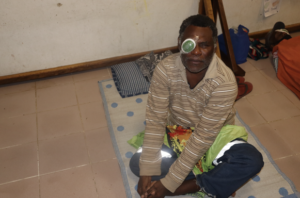
CBM has a long-standing presence in Papua New Guinea, focusing on improving the lives of people with disabilities. We work in partnership with local organisations and the PNG government to promote inclusive development and provide essential services. Our efforts include:
- Healthcare Services: Providing eye care, ear and hearing care, and other essential health services to prevent and treat disabilities.
- Education: Ensuring inclusive education for children with disabilities, enabling them to attend school and achieve their potential.
- Livelihood Programs: Supporting sustainable development and economic empowerment initiatives to improve the livelihoods of people with disabilities.
- Advocacy: Promoting the rights and inclusion of people with disabilities in all aspects of society, including participation in national elections and other democratic processes.
- Disaster Response: Ensuring that emergency relief and rehabilitation efforts are inclusive and accessible to people with disabilities.
CBM works with churches and government bodies in Papua New Guinea to foster an inclusive society where everyone, regardless of ability, can thrive.
Would you like to help? Make a tax deductible contribution to our mission or find out more about the work we do.
https://www.cbm.org.au/stories/10-interesting-facts-about-papua-new-guinea
Related Stories
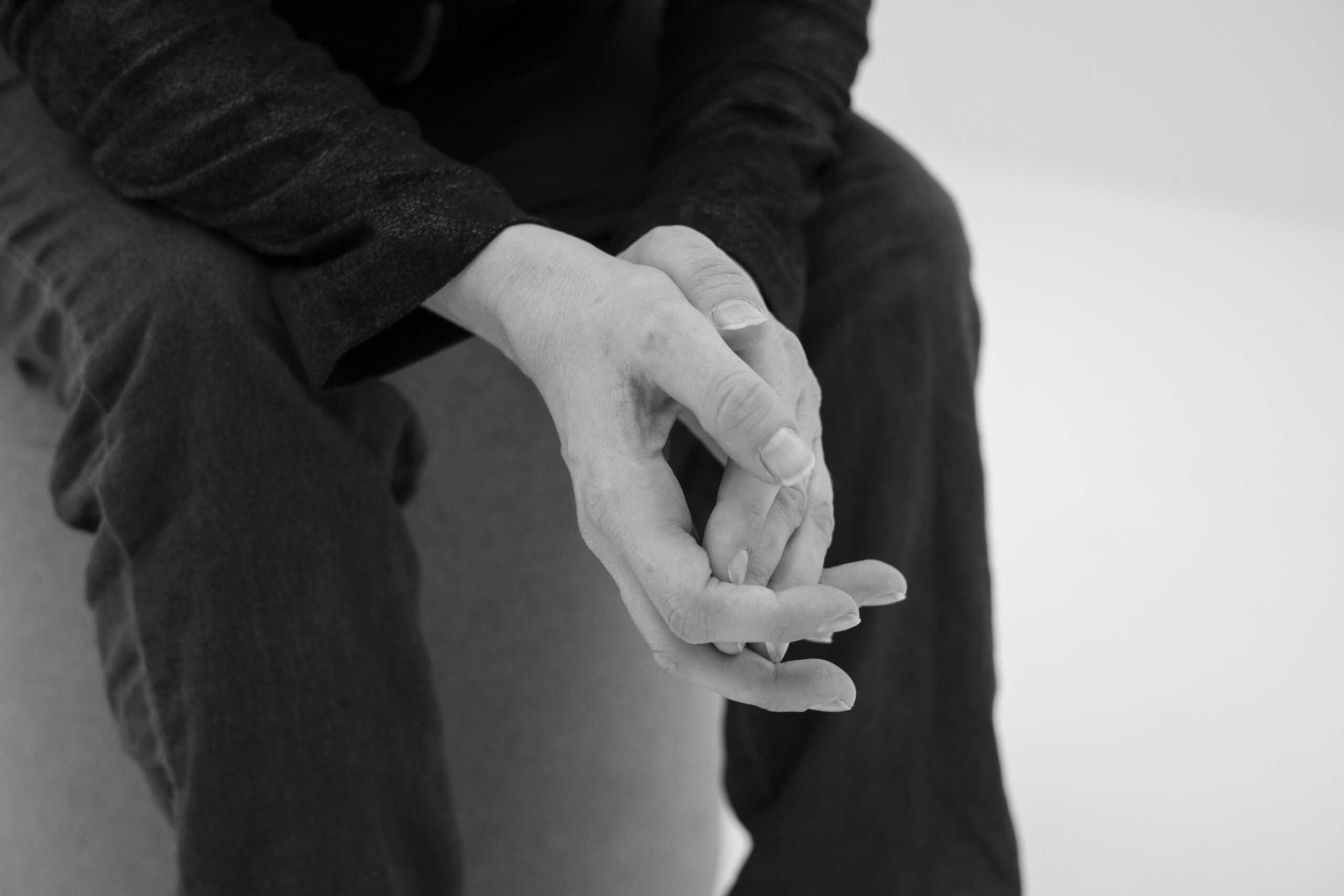
Week 7 – Lent Series 2025
A solidarity of love, relationship and sacrifice. A solidarity that is profound and astounding. As we draw near to Good Friday, we remember Jesus’ love and...

Week 6 – Lent Series 2025
Solidarity Leads to Partnership Partnership with people with disabilities is working alongside them to build an inclusive and accessible world. CBM Australia works to improve the...
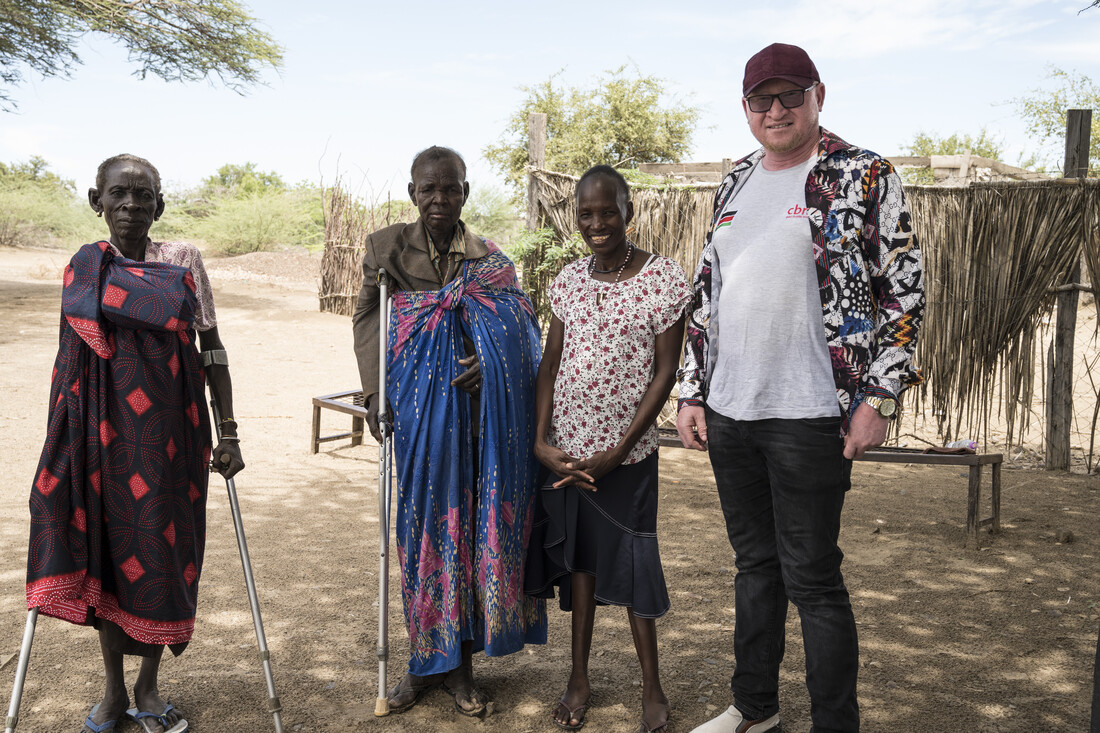
Week 5 – Lent Series 2025
Solidarity: Seeking to Listen and Understand Action that is taken in solidarity finds its origins in listening. Jesus’ actions and ministry flowed out of relationship and...
